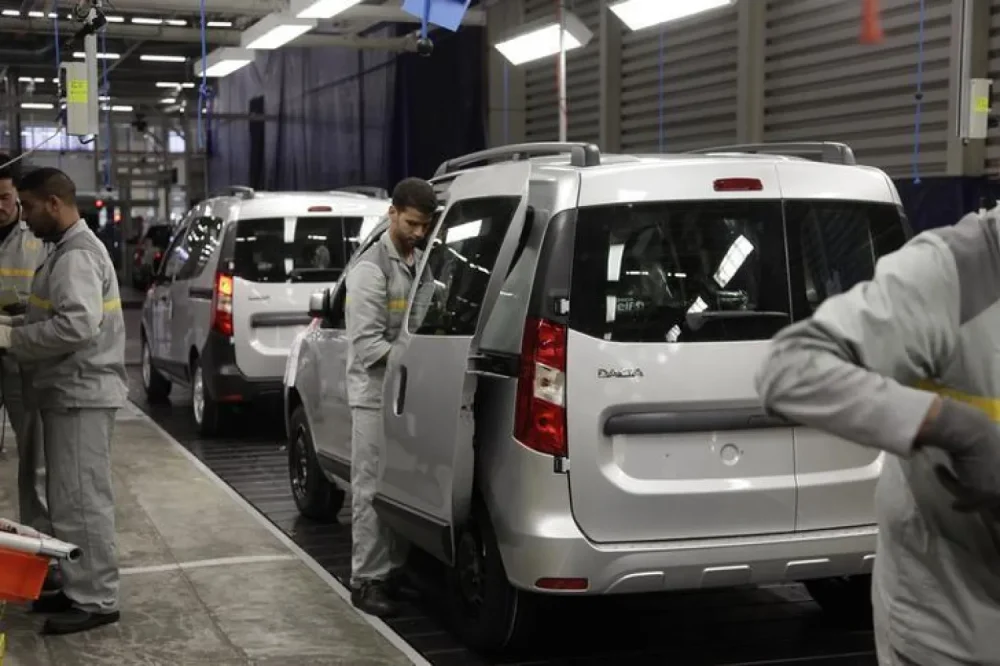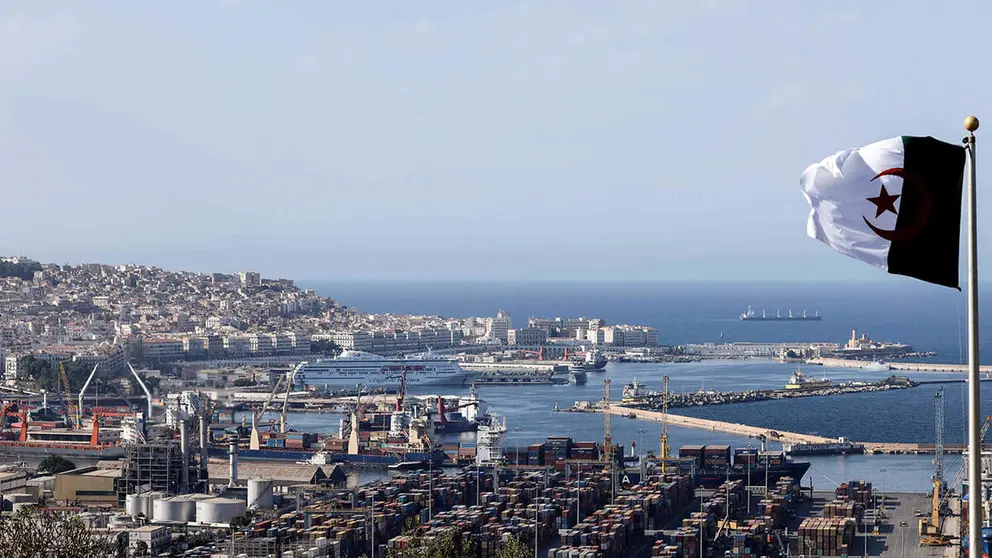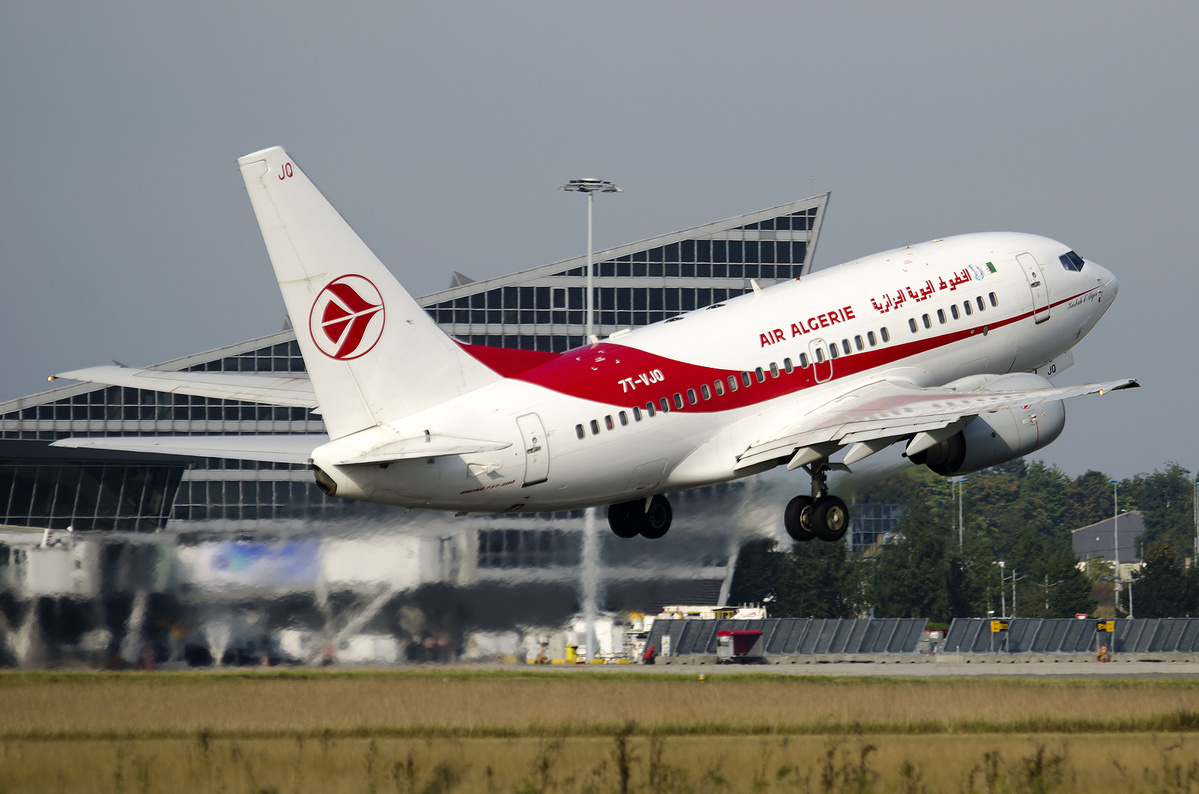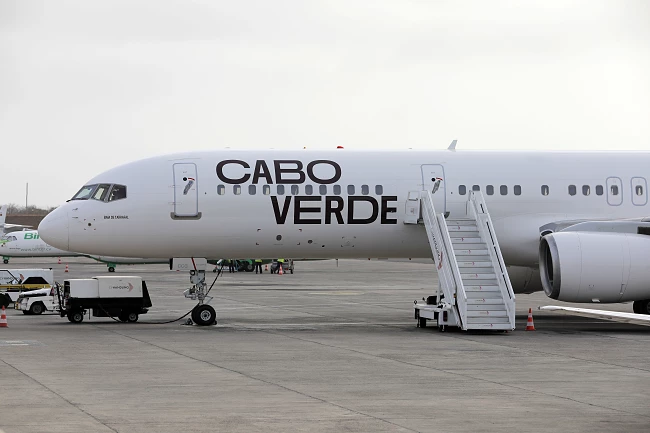The Moroccan auto industry is racing ahead—and fast. In March 2025 alone, the country witnessed a staggering 35.74% surge in new vehicle registrations, signaling a robust rebound for a sector that’s become central to the North African kingdom’s industrial strategy. But beneath the shiny numbers lie deep structural challenges and geopolitical currents that could either accelerate or stall the country’s ambitions to become Africa’s premier automotive hub.
According to the latest data from the Association of Vehicle Importers in Morocco (AIVAM), 17,417 new cars were sold in March, compared to 12,831 units during the same month last year. Cumulative sales for the first quarter of 2025 now stand at 48,172, up 35.01% year-on-year. This rebound is more than just statistical optimism—it underscores a sectoral revival driven by logistical recovery, increased local demand, and a fresh influx of international brands.
The passenger car (PC) segment, long the mainstay of Moroccan buyers, soared by 39.38% with 15,616 units sold in March 2025. Dacia—backed by Renault’s investment in local production—remains a consumer favorite, with 4,421 vehicles sold, marking a 59.76% jump from the previous year. Renault itself registered 2,597 units, while South Korea’s Hyundai and France’s Peugeot also gained ground, growing by 46.44% and 72.27% respectively.
Meanwhile, light commercial vehicles (LCV), vital for Morocco’s logistics and SME sectors, maintained their momentum with 1,801 registrations (+10.69%). Renault again led the pack, followed closely by Ford and Fiat, the latter showing a remarkable rebound from its lower March 2024 base.
In the premium segment, the usual suspects—Audi, BMW, and Mercedes—jockeyed for dominance, though Mercedes took a hit with a 35.25% drop in sales. This suggests that while Moroccan consumers are increasingly interested in luxury cars, brand loyalty and price sensitivity continue to shape market behavior.
Beyond the dealership lots, Morocco’s automotive sector is emblematic of broader industrial ambitions. With over 250 automotive suppliers, two major car manufacturing plants (Renault in Tangier and Stellantis in Kenitra), and an annual production capacity exceeding 700,000 vehicles, Morocco is the largest car producer in Africa. In 2023, the auto sector generated €9.8 billion in exports, representing nearly 30% of the country’s total industrial exports.
But challenges loom. Rising inflation, global interest rate hikes, and raw material shortages—particularly semiconductors—continue to affect global auto production. Although Morocco has successfully navigated some of these headwinds, thanks to strategic port infrastructure (notably Tangier Med), efficient customs processes, and free trade agreements with the EU and the US, its dependence on external demand and imported components remains a strategic vulnerability.
Moreover, the industry is yet to fully transition into electric vehicle (EV) manufacturing—an area where global demand is rapidly shifting. With Europe tightening emission standards and phasing out internal combustion engine (ICE) vehicles, Morocco risks being left behind unless it rapidly scales its EV production capacity. While Chinese EV makers have shown interest, and discussions about battery manufacturing plants are underway, concrete results have yet to materialize.
Morocco’s success in the auto industry cannot be divorced from its geopolitical balancing act. The kingdom’s proximity to Europe, coupled with its competitive labor costs, has made it an attractive destination for carmakers. Yet, as global trade enters a phase of protectionism—with rising tariffs in the US under President Trump’s “America First” revival and EU efforts to localize critical industries—Morocco must hedge its bets.
The African Continental Free Trade Area (AfCFTA) offers a promising counterweight. If leveraged properly, it could help Morocco diversify its export markets within Africa, enhance regional supply chains, and reduce dependency on volatile external markets. However, this requires addressing long-standing issues: fragmented transport corridors, poor cross-border logistics, and the absence of a robust intra-African car parts supply ecosystem.
There is a window of opportunity here. As the rest of sub-Saharan Africa, particularly countries like Nigeria, Ghana, and Kenya, begin to develop their own automotive policies under the AfCFTA framework, Morocco can position itself as the engine of Africa’s industrial revolution—exporting not just vehicles, but also expertise, parts, and systems integration across the continent.
The surge in car sales this year reflects more than just pent-up demand or improved logistics—it symbolizes the momentum of an industry that could become the bedrock of Morocco’s economic future. But that path is not guaranteed. The Moroccan government and private sector must work in tandem to foster innovation, invest in skills training, reduce reliance on imports, and pivot decisively toward EV and digital automotive technologies.
If the auto boom is to be sustained, it must be part of a broader African agenda. That includes regional collaboration, technology transfer, and a collective strategy to avoid being perpetual assembly lines for Western companies. As Morocco’s motor roars back to life, the question is not whether it can produce more cars, but whether it can help drive Africa toward industrial independence.
Morocco’s car market is undeniably in overdrive, but it must not settle for short-term sales spikes. The real challenge lies in converting this momentum into lasting industrial strength—domestically and across the continent. As protectionist winds blow from the West, Africa must unite under its own industrial vision. Morocco has the tools. The continent has the will. It’s time to build the road ahead—together, and for Africans.




